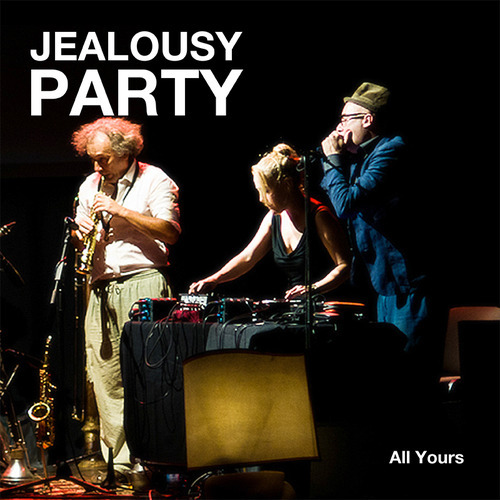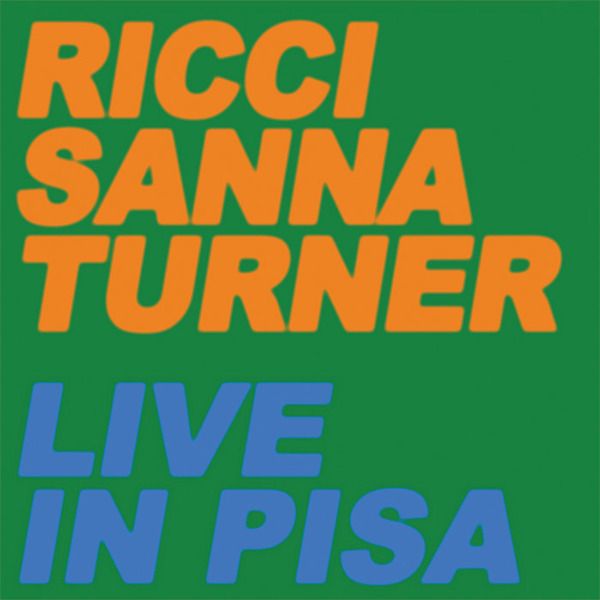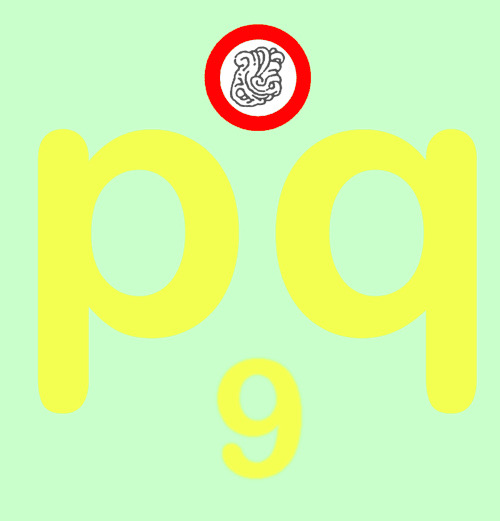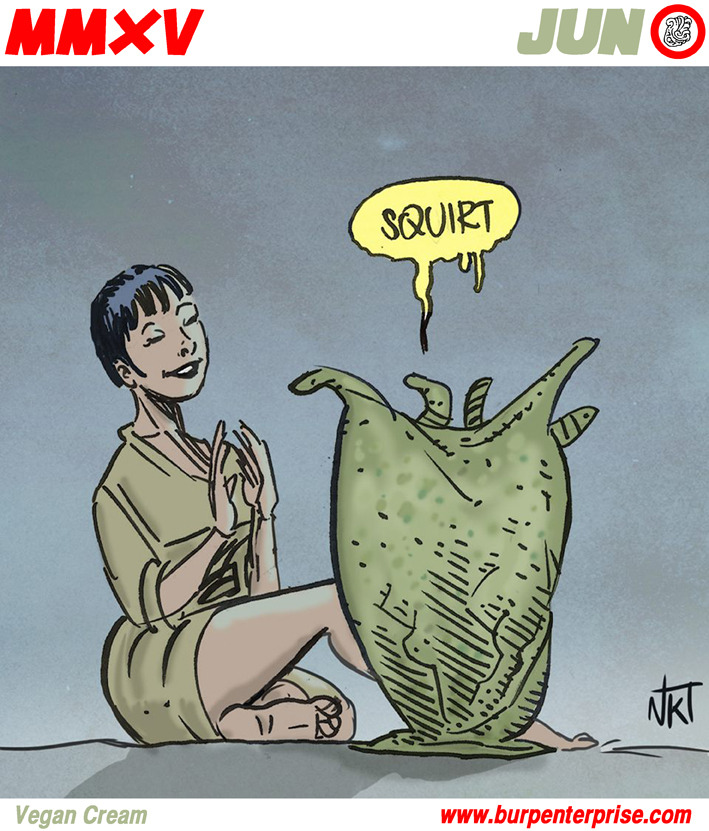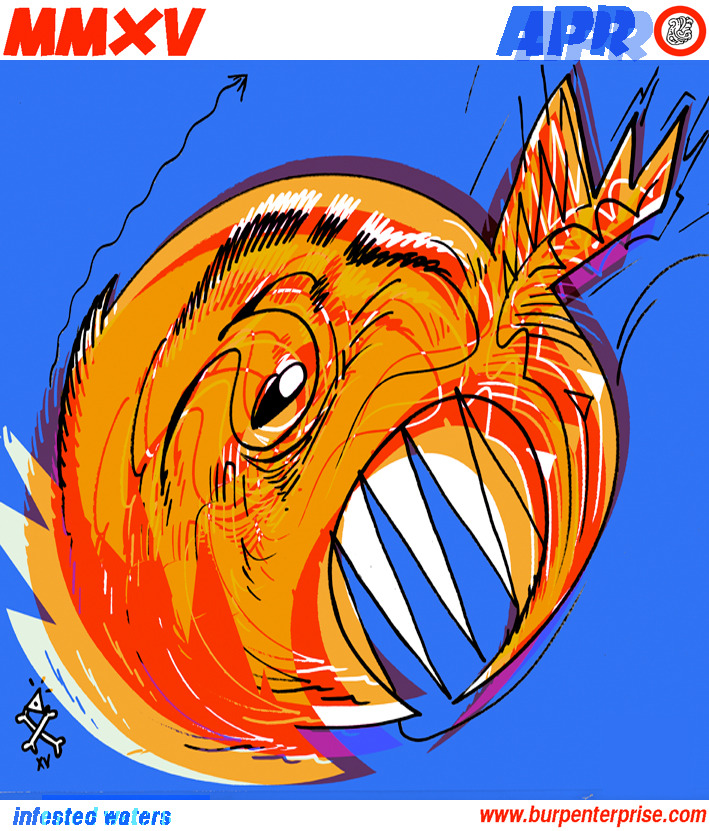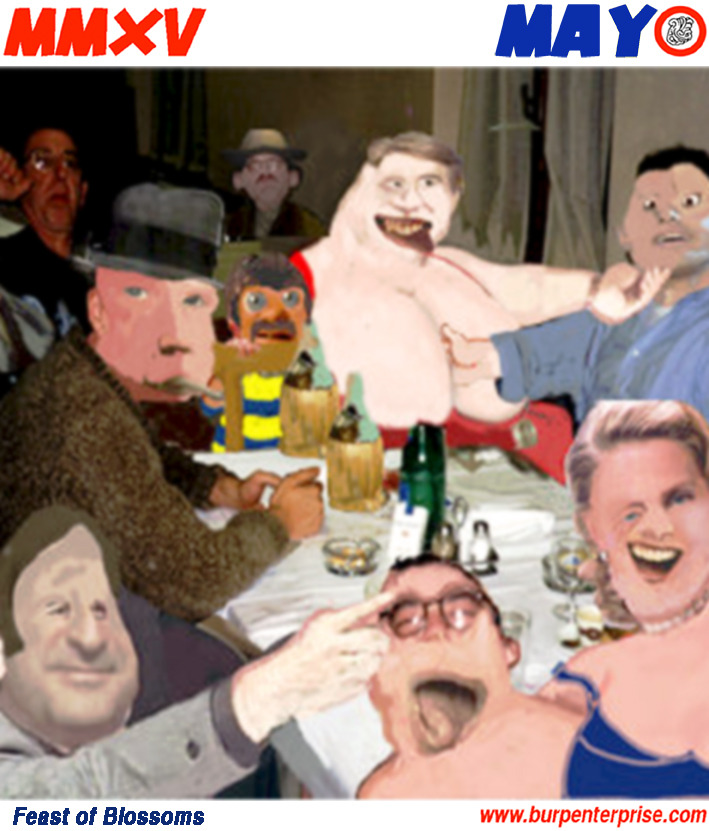Some infos more about the Echtzeitmusiktage festival from the Zangi Music site
ECHTZEITMUSIKTAGE 2010
20 years of real time music in Berlin – Restrospective and outlook of a scene
08.09. – 30.09.2010 @ Sophiensaele, ausland, St.Elisabethkirche, Festsaal Kreuzberg & Naher Osten
program overview: http://festival2010.echtzeitmusik.de
Over 60 concerts in September with Chris Abrahams, Thomas Ankersmit, Martin Brandlmayr, Tony Buck, Nicholas Bussmann, Antoine Chessex, Eckehard Ehlers, Jason Forrest, Heaven And, John Hegre, Groupshow, Margareth Kammerer, Annette Krebs, Christof Kurzmann, Perlonex, mo:ha!, Paul Lovens, Stephan Mathieu, Kapitalband 1, Andrea Neumann, Die Enttäuschung, Olaf Rupp, Ignaz Schick, Mika Vainio, Burkhard Beins, Clare Cooper, Vladislav Delay, Axel Dörner, Hammerriver, Sven Ake Johansson, Greg Malcolm, Mattin, Monno, Phosphor, Clayton Thomas and many more !!!
The term „Echtzeitmusik“ (trans. real time) means that the decision about what one plays happens in the moment of playing. So is Echtzeitmusik really nothing else than improvisation. Or is it that simple? Since the fall of the Berlin Wall, Echtzeitmusik has tried to be something entirely different from the musical discipline “improv”. Maybe this new term was even chosen specifically to distance oneself from the established, insular Berlin improv and free-jazz circles.
Around the same time as the fall of the Wall a new generation of experimental musicians, improvisors and sound artists came to settle in Berlin. A scene started to form in in 1994 and 95 which became known as the so-called Echtzeitmusik scene. Its “members” came from all possible countries, having fled their origins due to the hopeless conditions for creative work their. Berlin on the other hand was going through a period of change and awakening. There was practically unlimited space and possibilities to try stuff out here and the living costs were low from the start. And so young, daring musicians flocked to Berlin in the first half of the 90s, formed projects and bands, or set out as solo acts looking for a new language of sound. Concerts were organised in the then still highly active squat scene or in otherwise empty buildings of which there were many. Right from the word go Echzeitmusik was characterised by a multitude of styles. It’s bandwidth stretched from electro-acoustic music, new reductionism, noise, jazz, avant rock, pop/songwriting, new composed music, performance, sound-art/installations all the way through to rock and club music (techno, electronica).
The Echtzeitmusik Festival 2010 presents this scene as compact and comprehensive as never before. A scene that has more resemblance to a beehive than a circle of insiders bound to a certain set of rules. And yet this swarm is one unified body. This body has developed a sense of common identity that is defined by its openness and curiosity. What unites the individuals that make up this group is a daring relationship with materials that produce sound. At the end of the day the “members” of this scene all have the desire for experimentation and an urge to search for new sounds and ways of expressing themselves. This also entails the consistent refusal of any form of formating. Wether one sees oneself as part of a scene or not is unimportant. Anyone looking for radical expression and who is ready to exchange this with others belongs to the scene. This is how musicians whose way of working is apparently contrary to the true meaning of Echtzeit music are able to move in Berlin’s Echtzeit circles. For many of them the music comes about BEFORE the concert, wether on computer or through intensive rehearsals. It’s pre-prepared and repeatable. The openness of the scene, which has always had a strong code, is evident in it’s
acceptance of such artists. It’s more about having an artistic attitude, originality, curiosity and being musically radical.
Festival curator Ignaz Schick has shaped the program in a way as to make themes and groupings recognisable. With subtitles like „the struggle continues“, „in exile / home again“ or „the world and the raw people“ individual currents within the scene will be gathered together thematically. And Schick has made sure that each evenings concert program is rich in contrast. Parallels in content and overlap in personnel are cleverly highlighted through a multitude of ensembles. That Berlin Echzeitmusik has become internationally recognised is not just evident through the worldwide tour calendars of the individual players. The massive influx of unknown as well as internationally acknowledged experimental musicians and sound artists says the same. At the same time, Echtzeitmusik within the city is enjoying a boom. So many performance locations have popped up that it’s hard to keep an overview of them all. And the scene remains flexible and nomadic at all times. If one concert venue disappears or is officially forced to close, house concerts will be organised instead or new venues open up immediately in other districts. In this way the Echtzeit scene has managed to survive the gentrification of entire districts such as Prenzlauer Berg, Mitte & Friedrichhain. And this is the reason that Berlin has managed to stay on top of other experimental music cities like New York, Chicago, London, Paris, Tokyo or Sydney.
http://echtzeitmusiktage.zangimusic.de
and here a link to the previous post we did about it
Tags: echtzeitmusiktage


